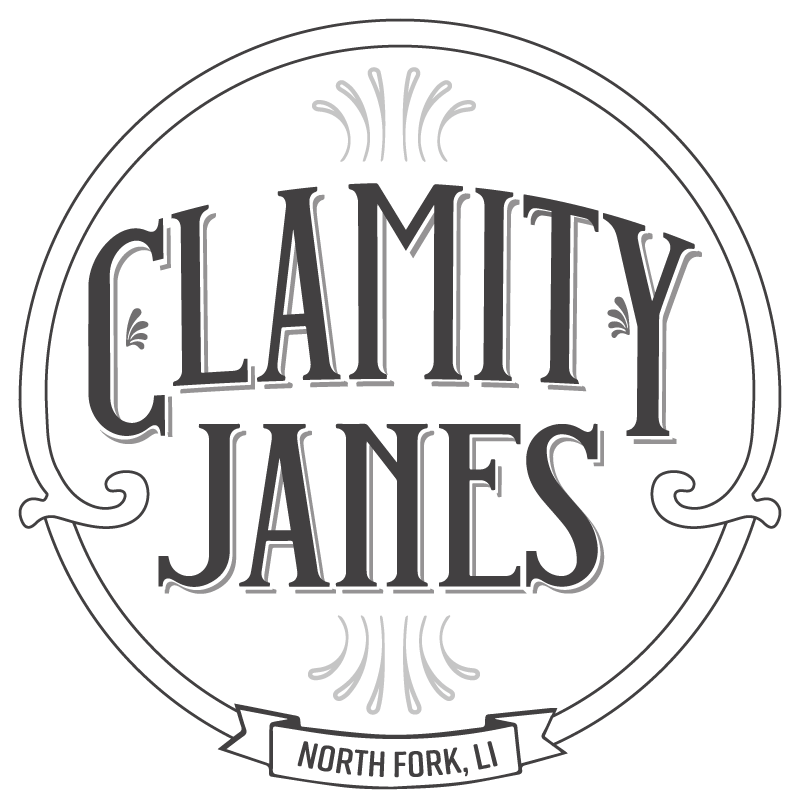AT THE HATCHERY.
Image: Aerosaquaculture
A whole lotta science going on.
One of the things we’ve loved about learning about clamming and shellfish, is learning how much you didn’t know about the delicious oysters, clams and scallops that end up on your plate. Yes, out there in the bays nature is taking its course and millions of sperm and eggs are released into the water column to combine and form larvae (which if not eaten by predators like fish or crabs) matures into the wild shellfish you might rake or see as oyster clumps clinging to eelgrass on the shoreline..
But, most of what you enjoy eating begins in a hatchery, where broodstock has been selected, conditioned, monitored and spawned to create larvae that grows into seed or spat for commercial sale to aquaculture oyster and clam farmers, or is released as part of shellfish enhancement programs to bolster the native populations.
Image: CCE Marine
At CCE Marine, marine biologists and aquaculture specialists begin the conditioning process in winter, which involves slowly raising the water temperatures to get the shellfish to think it’s spring, and time to spawn as they would in the wild. (Read more about the process here in the Northforker article by Kim Stredney) Those beautiful bright green, yellow and orange cylinders seen above contain phytoplankton and micro algae to fuel their growth.
It’s all pretty fascinating if you ask us. The local non-profit East End Food Institute thought so too and asked the Janes and Kate Rossi-Snook of CCE Marine to speak about clamming and give a behind the scenes look at hatchery work on the East End. A crowd of bi-valve curious attendees learned about restoration programs and volunteer opportunities with Back to the Bays and the stewardship site in Mattituck that the Janes help sponsor. And all that new knowledge also came with a side of the Janes’ North Fork Famous Stone Cold Clam Dip. All in all, not a bad way to get to know what you didn’t know you didn’t know.




